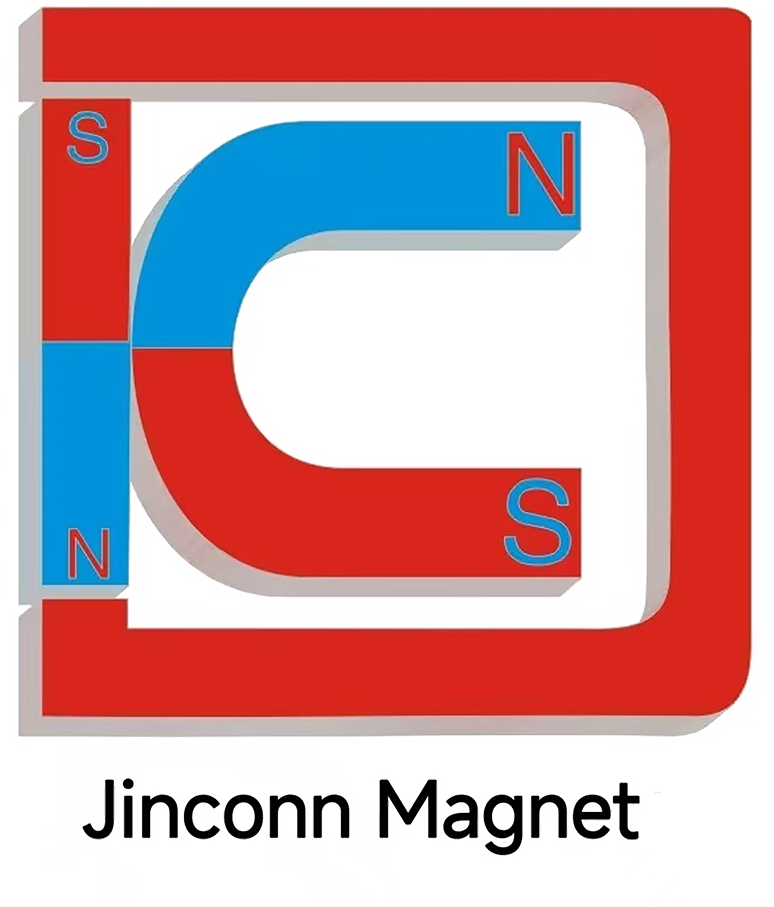A Comprehensive Comparison Between Rare Earth Magnets and Soft Magnetic Materials
A Comprehensive Comparison Between Rare Earth Magnets and Soft Magnetic Materials
Rare earth magnets and soft magnetic materials play pivotal roles in various industries due to their unique properties. This article provides an in-depth comparison between these two types of magnetic materials, highlighting their applications, performance, and selection criteria.
Understanding Rare Earth Magnets
Rare earth magnets, particularly neodymium magnets (钕铁硼磁铁), are renowned for their exceptional strength and compact size. They belong to the family of permanent magnets and are primarily composed of neodymium, iron, and boron. Their high energy density enables the development of smaller, more efficient devices without compromising performance.
Key Features of Rare Earth Magnets
One of the standout attributes of rare earth magnets is their high coercivity (高矫顽力). This property allows them to maintain magnetization even when subjected to external demagnetizing fields, making them ideal for use in high-performance motors and sensors. Moreover, these magnets are engineered to be resistant to high temperatures (耐高温), which is crucial for applications where thermal stability is essential.
In recent years, the demand for corrosion-resistant (耐腐蚀) magnets has surged, especially in medical and automotive industries. Advanced surface treatments and specialized coatings have enhanced the durability of neodymium magnets, further expanding their application fields.
Exploring Soft Magnetic Materials
Soft magnetic materials, such as silicon steel and ferrites, are characterized by their ability to be easily magnetized and demagnetized. Unlike permanent magnets, these materials are primarily used in applications where the magnetic field needs to be switched rapidly, such as transformers and inductors.
While soft magnetic materials do not offer the high energy product of rare earth magnets, their low hysteresis loss and excellent permeability make them essential for minimizing energy loss in alternating current (AC) applications.
Performance Comparison
The fundamental difference between rare earth magnets and soft magnetic materials lies in their magnetic properties and applications. Rare earth magnets, particularly 钕铁硼磁铁, exhibit superior magnetic strength, high coercivity, and can be tailored for high temperature resistance (耐高温) and corrosion resistance (耐腐蚀). These features enable their use in compact, high-efficiency designs where performance is paramount.
On the other hand, soft magnetic materials excel in applications requiring frequent magnetization cycles and low energy loss, such as in power supplies and electrical transformers. Their ease of magnetization and low cost make them the preferred choice for bulk power management components.
Customization and Industrial Solutions
The advancement in magnet manufacturing technologies has allowed companies to offer custom magnet solutions (可支持定制化磁铁方案) tailored to specific industrial needs. For example, industries can now specify the desired dimensions, magnetic strength, and surface treatments, ensuring optimal performance for unique application scenarios.
Many modern applications demand magnets with high coercivity (高矫顽力) and enhanced temperature tolerance, features that rare earth magnets can deliver through innovative engineering and customization.
Application Case Studies
Electric Motors: Rare earth magnets enable high torque and power density in electric vehicles, while soft magnetic materials are used in the stators to minimize core losses.
Medical Devices: Corrosion resistance (耐腐蚀) and high magnetic stability are critical for MRI machines, making rare earth magnets the preferred choice.
Consumer Electronics: The miniaturization of smartphones and wearable devices is driven by compact, powerful neodymium magnets.
Industrial Automation: Customized magnet solutions (可支持定制化磁铁方案) allow manufacturers to integrate magnets with specific dimensions and performance requirements into robotic systems.
Future Trends and Innovation
The ongoing development of rare earth magnets focuses on further improving high temperature resistance (耐高温), corrosion protection (耐腐蚀), and sustainability through material recycling. Likewise, advancements in soft magnetic materials aim to reduce energy losses and enhance efficiency in power electronics.
Conclusion
In summary, the choice between rare earth magnets and soft magnetic materials depends largely on the application's requirements for magnetic strength, frequency of use, and environmental conditions. Neodymium magnets (钕铁硼磁铁), with their high coercivity (高矫顽力), thermal and corrosion resistance (耐高温, 耐腐蚀), and customizable options (可支持定制化磁铁方案), offer unparalleled advantages in cutting-edge technology sectors. However, soft magnetic materials remain indispensable for efficient energy transfer in rapidly alternating magnetic fields.




Jinconn WeChat









